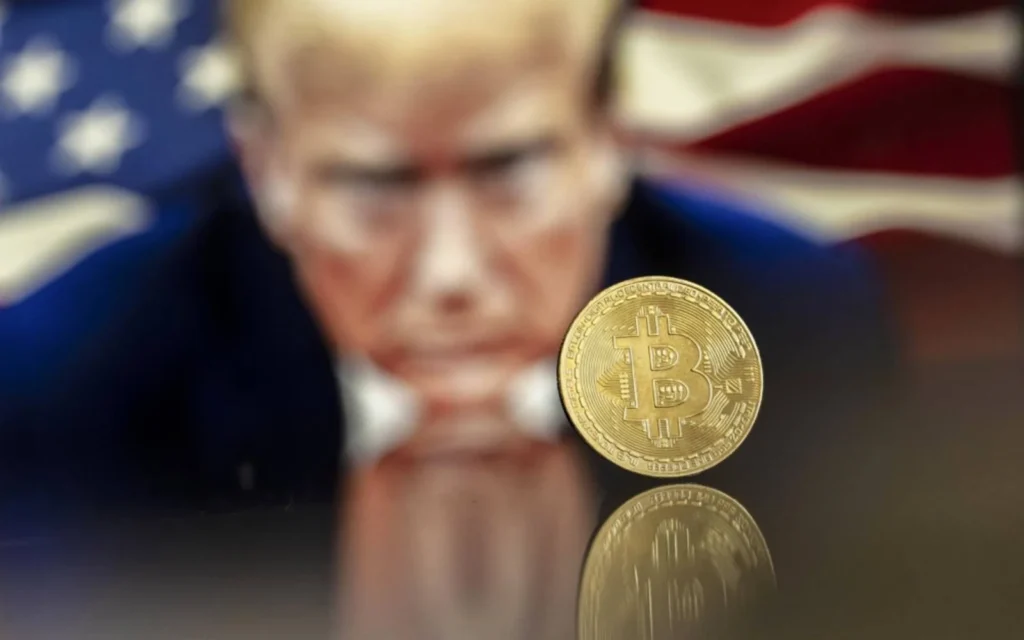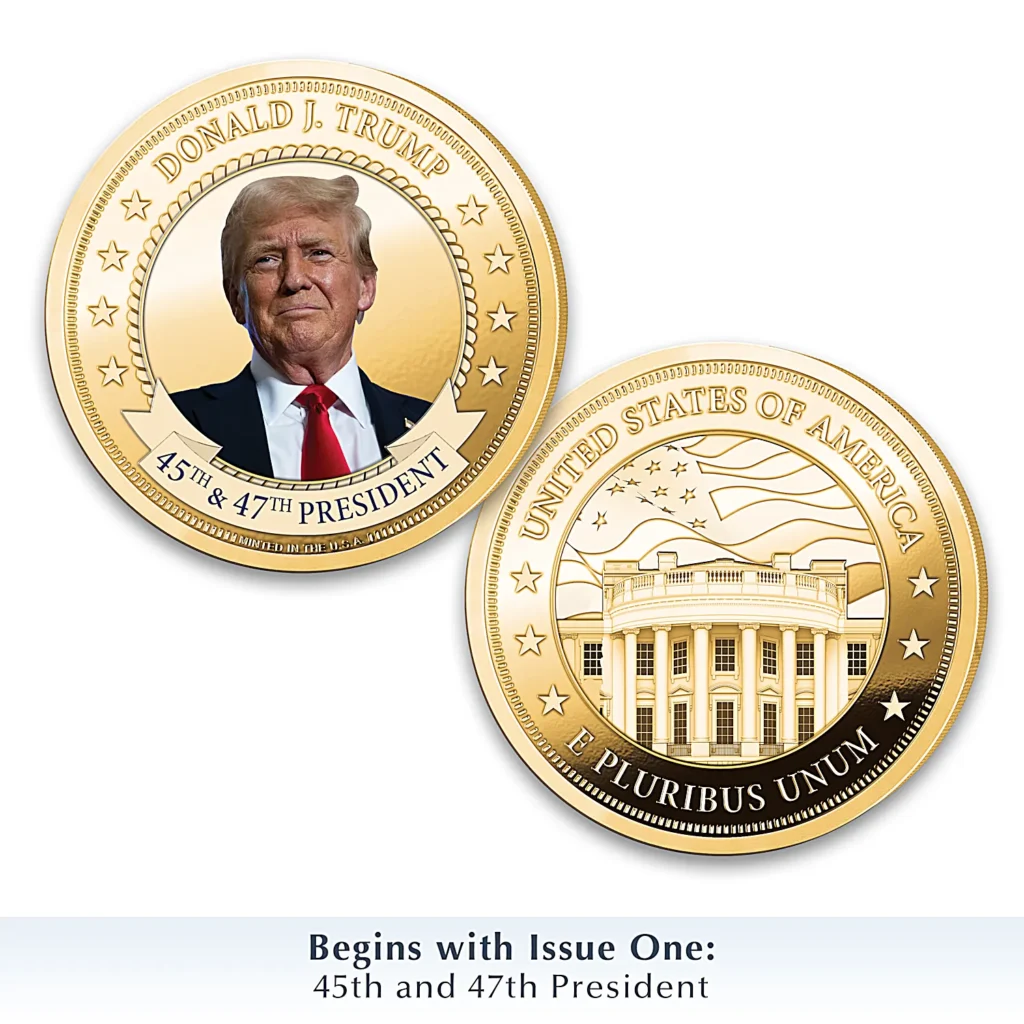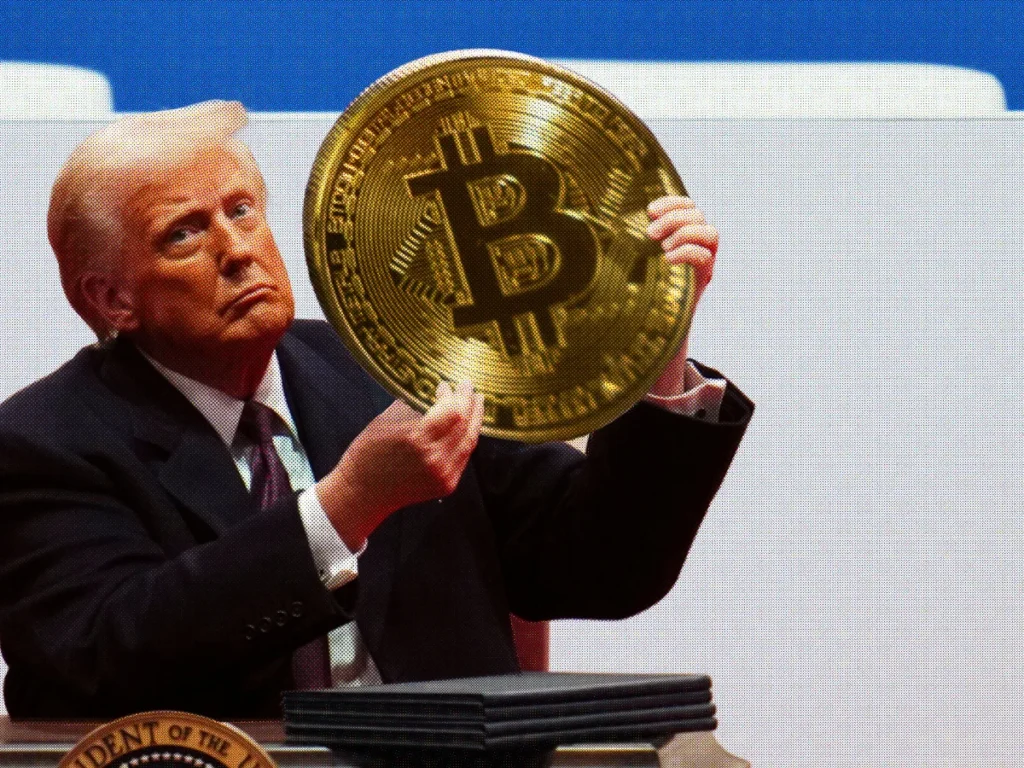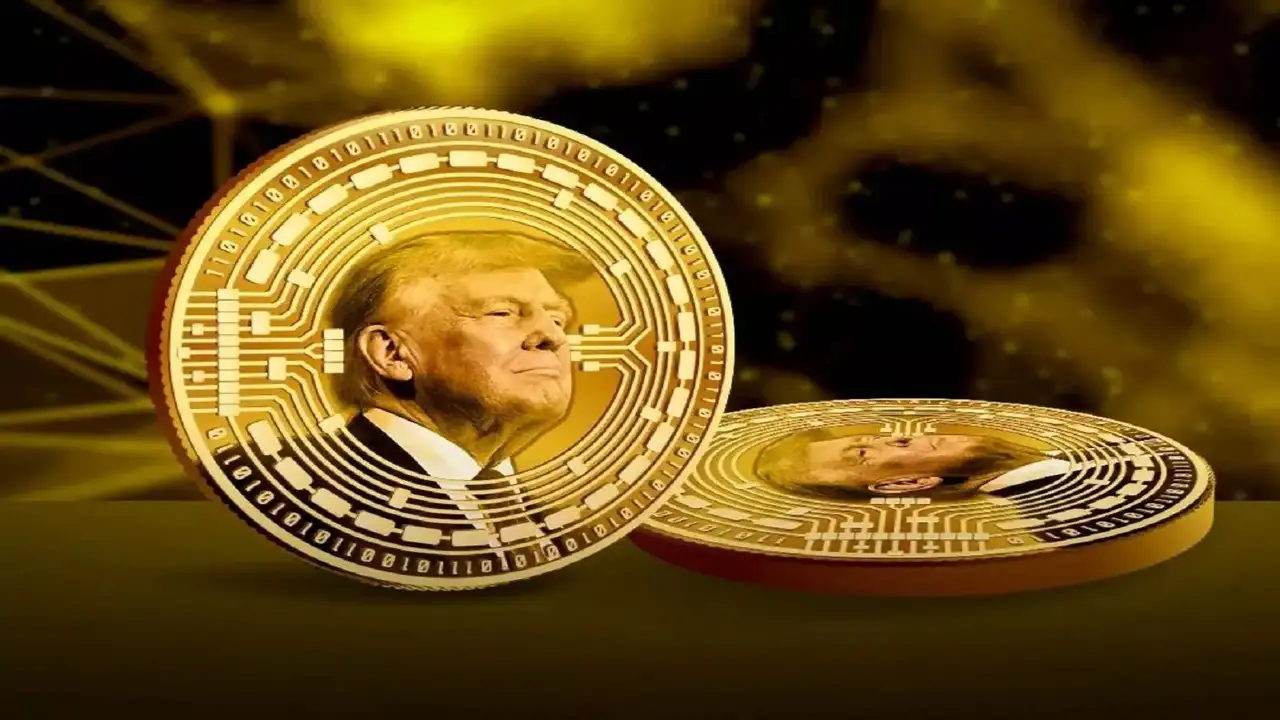In a year already defined by economic shifts and political drama, 2025 has brought an unexpected player to the forefront of digital finance: political tokens. Leading this movement is TrumpCoin, or $TRUMP, a meme-based cryptocurrency launched by former President Donald Trump that has taken both the financial and political worlds by storm. What started as a novelty token rapidly evolved into a billion-dollar entity, sparking a broader conversation about the legitimacy, ethics, and future of political cryptocurrencies.
The Meteoric Rise of TrumpCoin
In January 2025, shortly after Trump’s return to the White House, the $TRUMP coin hit the market with immediate impact. Within hours, its market capitalization surpassed $5 billion, making it one of the top 20 cryptocurrencies globally. With just 200 million tokens initially in public circulation, each coin quickly rose in value, trading around $64 at peak interest. But this was just the tip of the iceberg. An additional 800 million tokens were held by Trump-affiliated wallets, sending speculative shockwaves through the financial community about how this might influence Trump’s personal wealth and political influence.
This unprecedented success was fueled by the power of Trump’s political brand and a well-orchestrated media campaign. The coin wasn’t just a financial asset—it became a digital badge of allegiance, a way for supporters to engage politically and financially in a single action. The symbolism tied to the coin significantly influenced investor behavior, distinguishing $TRUMP from typical meme coins or speculative digital assets.
Political Figures Enter the Crypto Arena

Trump’s venture into cryptocurrency is far from an isolated incident. His administration has embraced digital assets more aggressively than any prior U.S. government, even forming a United States Strategic Bitcoin Reserve. This move positioned the U.S. as the world’s largest state holder of Bitcoin and signaled a governmental shift toward incorporating digital assets into national economic planning.
Moreover, the administration has begun stockpiling non-Bitcoin digital assets, suggesting a long-term vision where cryptocurrencies play a central role in America’s fiscal and geopolitical strategies. These actions reflect a broader global trend: political leaders and public figures are no longer just subjects of the crypto market—they are active participants and creators.
Market Dynamics: From Hype to Whiplash
Despite its early success, TrumpCoin has not been immune to volatility. After peaking at over $75 just before the presidential inauguration, the coin experienced a downturn. Investor sentiment fluctuated in tandem with political headlines and strategic announcements from Trump’s camp. In one notable instance, a promotional event offering private dinners and White House tours to the top coin holders spurred a sudden 70% spike in the token’s value. The event not only reinvigorated interest but also demonstrated how strategic engagement could directly manipulate token valuation.
However, the arrival of competing tokens brought a twist. A meme coin named after Trump’s wife, $MELANIA, launched shortly after, siphoning attention and capital from $TRUMP. Within hours, TrumpCoin’s value plunged from over $70 to around $45, as investors scrambled to diversify or switch loyalties. The drop highlighted the fragility of political tokens, where sentiment and symbolism often outweigh utility or fundamentals.
Ethical Dilemmas and Regulatory Backlash

As political tokens grow in popularity, so do the ethical and legal concerns surrounding them. Critics argue that when elected officials issue or promote financial assets, it creates serious conflicts of interest. TrumpCoin’s surge in value raised red flags about potential insider trading, pump-and-dump schemes, and violations of fiduciary responsibilities. The intermingling of public office and private financial gain is a gray area that has sparked widespread debate.
To address these concerns, new legislation has been introduced to restrict the financial activities of public officials and their immediate families. One notable proposal aims to ban presidents, lawmakers, and their relatives from issuing or endorsing financial assets, including cryptocurrencies. The goal is to prevent undue influence and restore trust in both governance and financial markets.
A New Age of Political Crypto

Despite the controversies, the trend of political tokenization is unlikely to disappear. TrumpCoin has shown that political tokens can be powerful vehicles for both engagement and fundraising. They create a new avenue for connecting with supporters while simultaneously tapping into the booming crypto economy.
These tokens also offer novel utility beyond speculation. They can be tied to event access, exclusive content, voting on campaign decisions, or even policy simulations. As the technology evolves, expect to see more sophisticated applications and a wider range of political tokens entering the market.
What sets political tokens apart is their ability to blend financial speculation with ideological alignment. They are part digital asset, part loyalty badge—making them uniquely positioned in today’s polarized political landscape. However, this also means that their value is heavily tied to the public image and actions of the figure they represent, making them vulnerable to reputational risk and unpredictable market movements.
Regulatory Horizons and the Path Ahead
The explosive growth of political tokens has forced regulators to catch up. Proposed laws aim to provide clearer oversight, especially for cryptocurrencies tied to political figures. Efforts are also being made to regulate stablecoins, require disclosures on asset backing, and increase transparency across the crypto ecosystem.
Looking ahead, the relationship between politics and cryptocurrency will only deepen. As more leaders experiment with digital assets, new forms of regulation, taxation, and transparency standards will emerge. The challenge will be balancing innovation with accountability—ensuring that political tokens can exist without undermining public trust.
Conclusion
TrumpCoin is more than just a meme or a speculative asset—it’s a symbol of how politics and finance are merging in unexpected ways. The rise of political tokens in 2025 reflects a broader transformation of both political engagement and digital economics. Whether they’re used for fundraising, community-building, or influence projection, these tokens are here to stay.
However, as this market matures, it must grapple with the thorny issues of ethics, legality, and volatility. The success of political tokens like $TRUMP opens the door for innovation, but also demands rigorous scrutiny. In the end, the story of TrumpCoin may become a blueprint—or a cautionary tale—for the future of political finance in the digital age.



Comments are closed